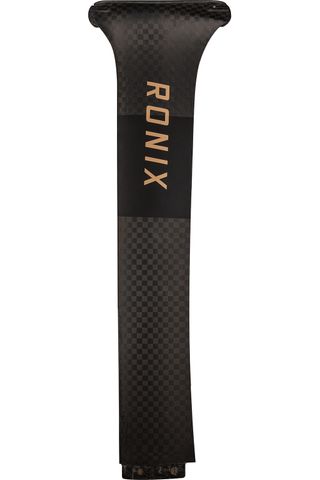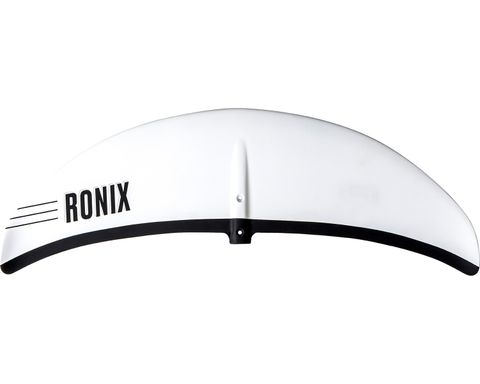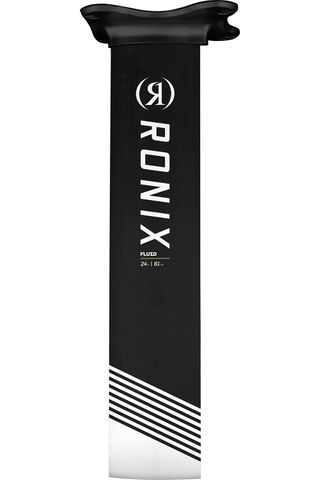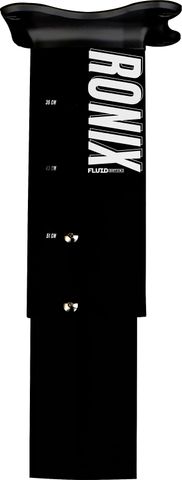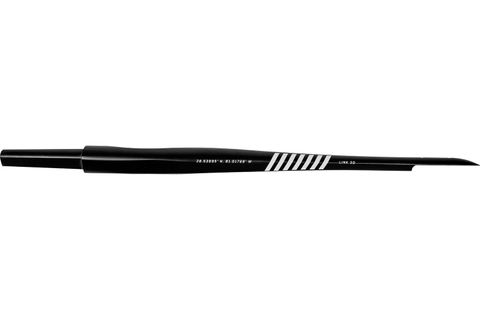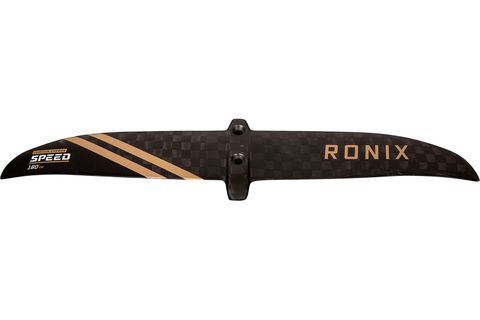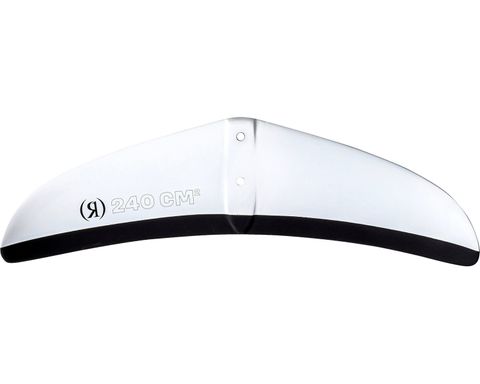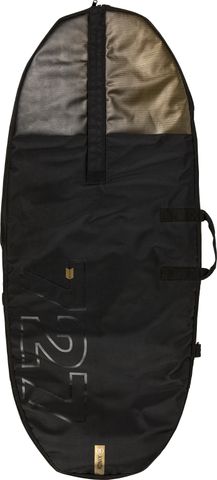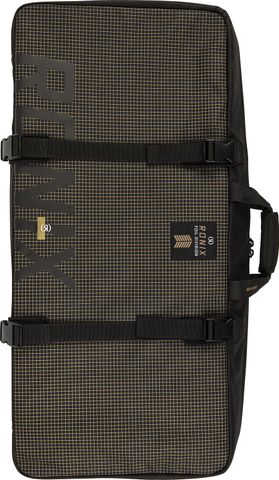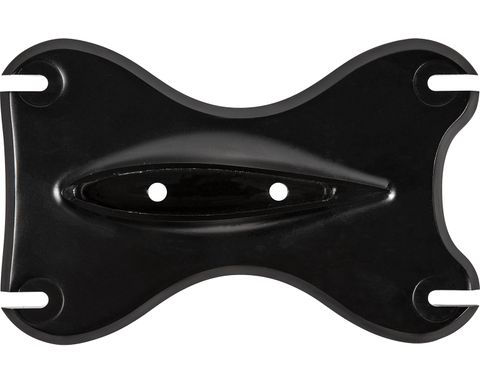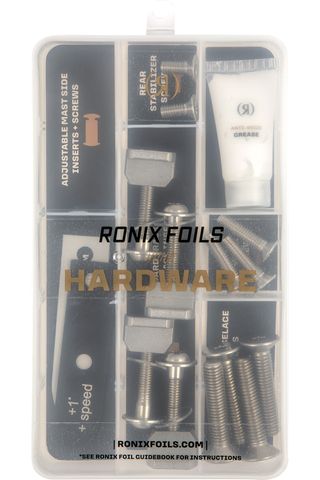Wake Foil Parts & Accessories
Various wake foil replacement wings, fuselages, masts, and stabilizers are available to replace or upgrade your existing set up. Foiling is difficult: While progressing through the sport, we suggest starting with a mid-aspect ratio front wing and shorter length mast to help you quickly and easily advanced your skills.
FRONT WINGS:
Perhaps the most defining feature of any foil is the shape and design of the front wing. These differ greatly across all foiling activities and are the result of a combination of the following ingredients: Speed, stability, rider weight and preference. The surface area of the front wing is a good indication of lift the wing will create all else equal and is commonly measured as the projected surface area in square centimetres. Aspect ratios are something you’ll hear a lot of when discussing any foil activity and immediately categorises a front wing into two main categories:
- LOW/MID ASPECT: A short to medium wingspan with a deeper depth outline creates a foil that will soar with balance and reliability. Low/mid aspect wings are slower through the water but are manoeuvrable for carving and suit riders of all ability levels.
- HIGH ASPECT: A longer wingspan with a narrower depth outline creates a foil that will soar with minimal push or effort. High aspect wings have little to no drag but are less manoeuvrable for carving. They are best suited to intermediate and advanced riders doing dock starts, hijacking wakes and surfing small boat wakes.
FRONT WING SIZING:
Choosing a front wing size depends on the style of wing itself, what it is being used for and the weight of the riders using it. A foil needs to generate enough lift to overcome a rider’s weight at speeds determined by if you’re surfing behind a boat or pumping flat water.
- Wake boat wakes will suit smaller front wings
- Ski boat wakes will suit larger front wings
- Riders over 95+ kg should always consider larger front wings
- Consider a 1600+ sqcm high aspect front wing for dock starts
MAST LENGTH:
The mast is the long structure made of aluminium of carbon fibre that is the link between the board and the foil itself. The mast size is important as it balances the kind of foiling you can do with how stable the overall package is.
- ADJUSTBLE MASTS: A short mast will mean a rider is closer to the water resulting in more gentle falls and will dramatically improve stability as the leverage distance is decreased. Adjustable mast accommodates lengths of between 35 and 50cm making them the best choice for riders new to the sport. Adjustable masts are commonly made of aluminium.
- FIXED MASTS: Most fixed masts range between 60 and 85cm and are made from either aluminium or carbon fibre. Longer masts will give you more clearance which allows for steeper turns without the rails touch the water, more leverage, slower pumping motions and less chances of the foil breaching the water’s surface. Longer masts of 70 – 85cm are best suited to intermediate and advanced riders who want maximum flexibility and range of movement for foiling applications behind large wake boats and pumping open water. Longer masts are very difficult for beginners to learn on. We recommend starting with a shorter mast and upgrading in the future.
REAR STABILIZERS:
The rear stabilizer is designed to complement the front wing and provides a balance of stability and performance based on the foil’s application. Rear stabilizers are like front wings with the same concepts applying: High aspect wings are most efficient, low aspect wings are easier to control and curved up or down wing tips provide directional stability and reduce turbulence. Some foil kits include shims to increase or decrease the amount of lift without changing the size of the stabilizer itself.
FUSELAGE LENGTH:
The length of the fuselage balances response and stability and is most often pre-determined in a foil kit based on the design of the front wing. A longer fuselage makes it easier to control the pitch, while a shorter fuselage makes rider inputs more sensitive but allows for tighter turns and quicker pumping motions.








